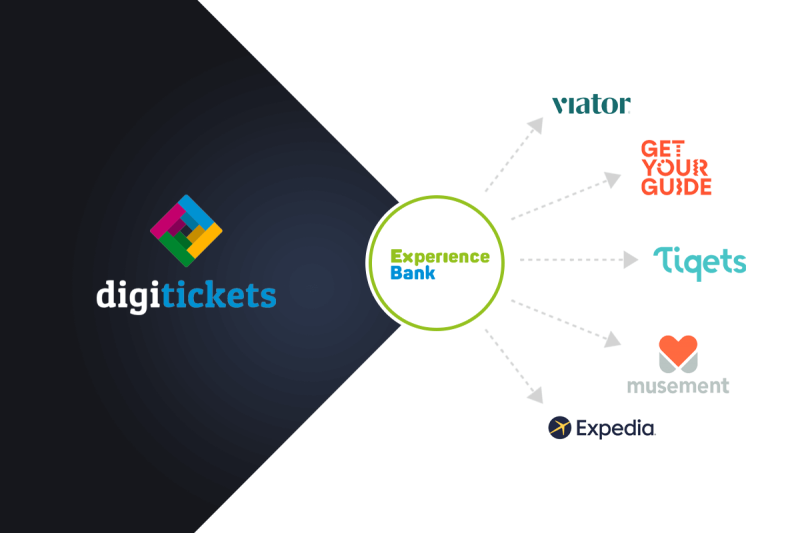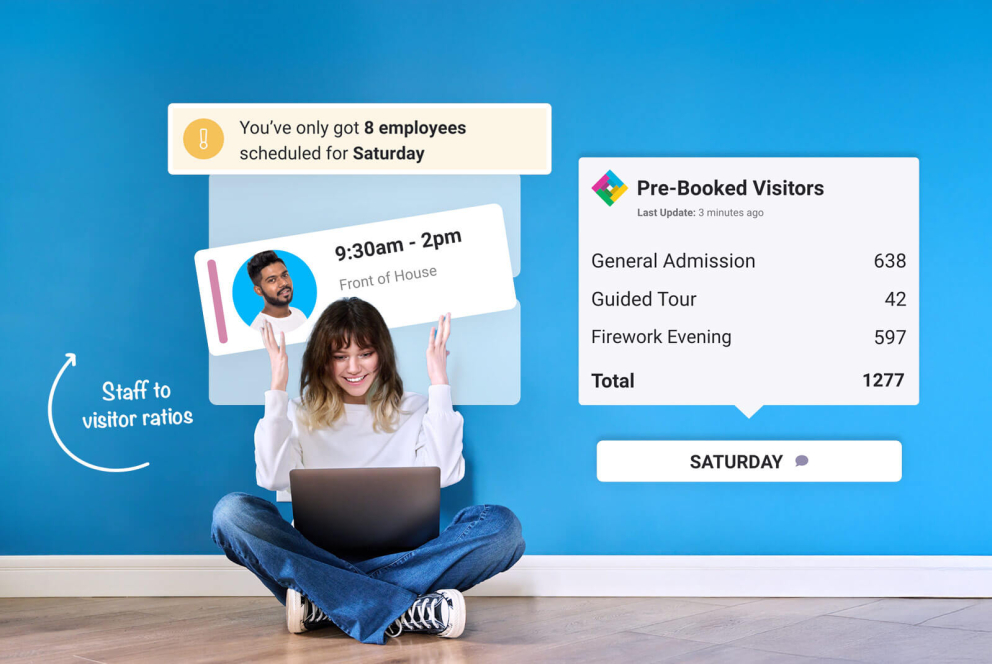What are the benefits of using an OTA?
There are a variety of advantages to be gained by attraction operators that choose to partner with one or more OTAs, including:
- Increased visibility – The convenience of scrolling through aggregated listings means that OTAs attract much more passing web traffic who might not otherwise be aware of an attraction.
- Customer reviews – OTAs typically feature customer reviews and ratings for attractions, providing valuable social proof and credibility for potential visitors. Positive reviews help build trust and confidence in the attraction brand, creating a snowball effect by encouraging more travellers to book tickets and visit the attractionAccess to a bigger audience – OTAs have a large customer base and extensive marketing reach, they can attract visitors from all over the country and beyond. This immediate access can be a big help to new attraction businesses that don’t have an existing reputation or customer base in that specific market – with one of our clients, Royal Liver Building, being a prime example.
- Great for attractions in popular destinations – Many tourists use OTAs to scope out things to do in a particular location. Attractions in big cities or holiday hotspots can often benefit greatly by tapping directly into tourist demand for experiences.
- Streamlined booking process – OTA platforms often benefit from having a significant budget to spend on UX design and conversion rate optimisation. This removes barriers to purchasing and results in a seamless booking experience which maximises sales.
Avoiding the pitfalls
Although partnering with OTAs can offer numerous benefits for attraction operators, it's also crucial to be aware of potential risks and challenges before signing any agreements. Make sure to carefully review and negotiate terms and conditions, including commission rates, cancellation policies and payment terms.
One of the most common pitfalls is becoming over-reliant on OTAs for ticket sales, which can lead to reduced profit margins and loss of control over pricing. Businesses that fail to strike the right balance between OTA and direct sales may lose out on sales as a result, particularly if they already have demand through their own channels. A good workaround is to limit OTA involvement to a set percentage of your booking sales, retaining the rest for direct bookings.
Reviews are another potential risk factor. Positive ratings on an OTA platform can be a catalyst to drive sales, yet negative reviews can also leave a dent in your online reputation. With certain OTAs, it may not be possible to respond to or remove negative comments, which leaves your brand more vulnerable to reputational damage.
Operators should anticipate the extra admin and inventory management required to oversee bookings from multiple booking channels. That’s why many operators choose to invest in channel management, which is discussed in more detail later in this guide.







